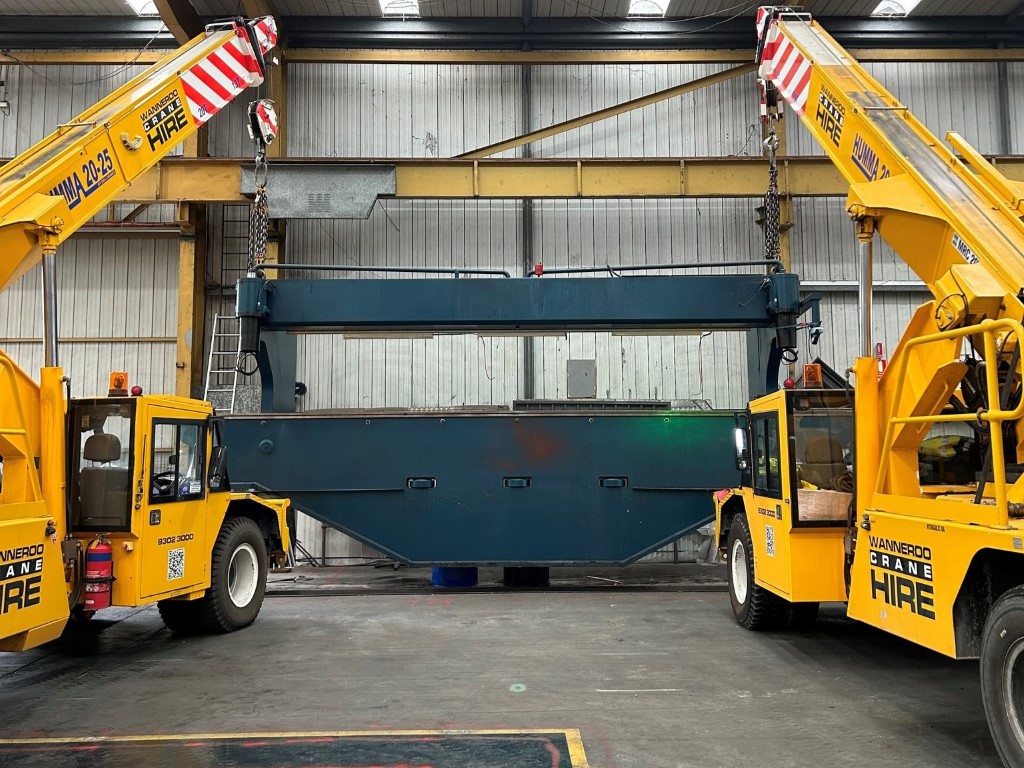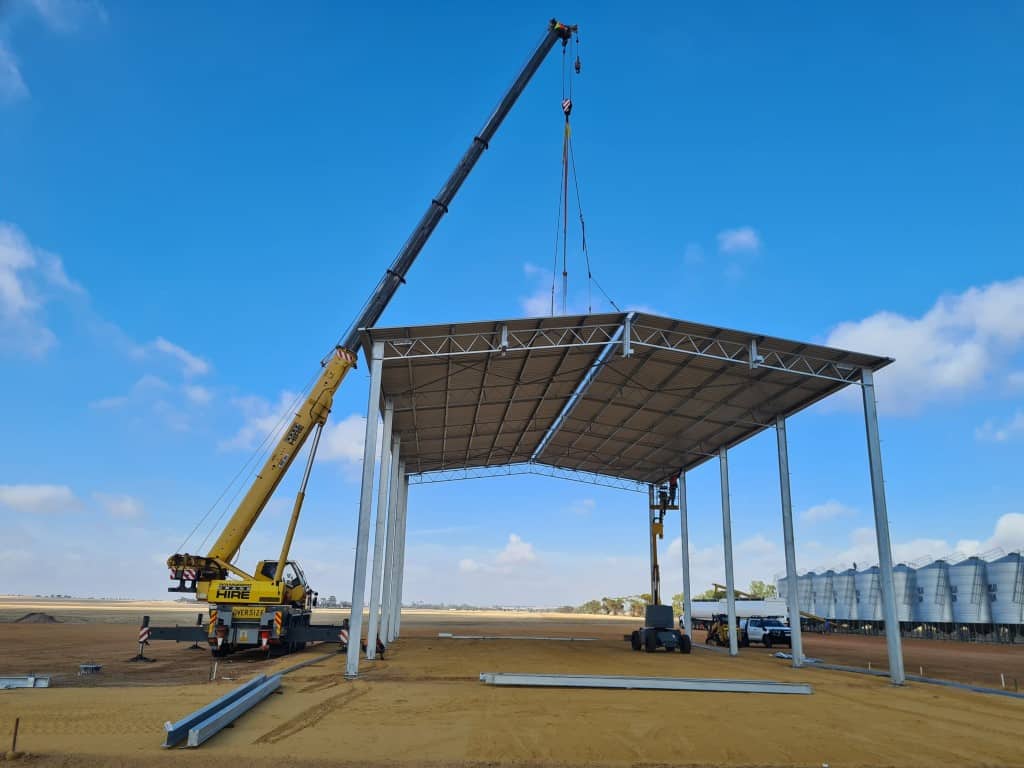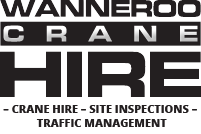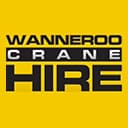The Difference Between Slewing And Non-Slewing Mobile Cranes
From assembling a shed to contemporary art and even dropping the world’s largest water balloon, there are endless reasons someone may require a crane. However, depending on the application, different cranes, such as slewing and non-slewing mobile cranes, may be more suitable than others.
Selecting the right tool for the job is the safest and most effective way to complete a task, and crane hire is no different.
Non-Slewing Mobile Crane (Pick and Carry)

Non-slewing mobile cranes, unlike most other cranes, are designed to lift and move loads while travelling. Also known as pick and carry cranes, these cranes are ideal for ‘walking’ loads that require precise manoeuvring and control.
Best used on flat, level ground, these articulated mobile cranes usually have greater lifting capacity than their similar weight, slewing mobile crane counterparts, and attachments such as spreaders, clamps, and slings can help enhance their carrying capacity.
Wanneroo Crane Hire’s 20-tonne Humma Mobile Crane is under 2.5m wide and 3m high, enabling better access to city roads and reduced permit requirements. With a reach of 17m from the front axle while lifting 1 tonne, our 20-tonne Humma Mobile Crane is highly effective at moving heavy equipment.
Non-slewing cranes are often used, amongst other applications, for lifting machinery in workshops and confined spaces, erecting steel structures and installing pools and spas.
(Note these cranes cannot walk loads on the road as this is illegal)
Slewing Mobile Crane

Slewing mobile cranes, unlike articulated (non-slewing) mobile cranes, are immobile when lifting/moving a load and use a jib to ‘rotate’ the boom and the load instead.
Slewing cranes rely on outriggers and stabilisers for support during lifting operations to ensure the ground bears the crane’s weight and to counterbalance the lifting load. The rotating jib, while not allowing a full 360 degrees of rotation, enables the slewing crane to access and lift loads from multiple angles without repositioning the entire crane.
Their ability to access loads from multiple angles helps make slewing cranes incredibly versatile. Because of this, slewing cranes are widely used in the construction industry to lift construction materials, equipment and components.
Slewing cranes may not be suitable for extremely heavy or oversized loads at long distances. In some cases, the use of two cranes for a dual lift may remedy this. They may also be restricted by the site conditions. Factors such as sloping sites, low-weight bearing areas, soak wells, underground services, and power lines could all prevent the setup of a slewing crane.
Wanneroo Crane Hire uses a range of slewing cranes, from our 7-tonne Kobelco Slewing Crane to our 100-tonne Grove GMK4100L, providing mobile crane hire options for all manner of lifts.
What To Consider When Hiring a Crane
When looking to hire a crane, providing as much information about the job and site as possible helps ensure that you receive the right crane for the lift.
The size, shape, and height of the load, the distance between loading locations, the presence or absence of lifting lugs on the machine, terrain, and environmental factors like wind speed and lightning all need to be considered when determining which crane is best for the job.
Several of the most important factors when hiring a crane include:
- Safety of Site: All details of the site must be given, including powerlines, traffic/road details, ground services, sloping grounds and potential areas of risk.
- Load Weight and Approximate Reach: Understanding the nature of the lift is an essential step in choosing a crane and preventing structure failure or tip-over accidents.
- Height Limitations: This includes potential hazards such as power lines or obstructions that may prevent crane access.
- Location of Job: Crane hire charges are depot to depot – from Wangara to site and return.
- Service Availability: Some cranes may require additional certifications, including green stickers, road permits or bridge permits. Main Roads highway restrictions have also made the route to locations longer.
- Date of Lift: Crane hire outside the 7 am to 3:30 pm on weekdays, must incur overtime and penalties.
With over 35 years of experience and a varied fleet of slewing and non-slewing cranes, the team at Wanneroo Crane Hire are Perth’s crane hire specialists. Contact us for all your Perth mobile crane hire needs.

